
Solar energy in buildings: The potential of solar heat for efficient implementation of the Energy Performance of Buildings Directive
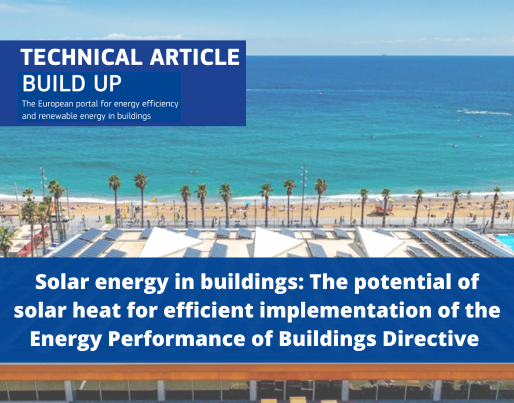
Solar energy in buildings: The potential of solar heat for efficient implementation of the Energy Performance of Buildings Directive
How can Member States maximise energy production from solar technologies through the equitable and effective transposition of Article 10 of the Energy Performance of Buildings Directive (EPBD)?
Authors
Esteban Gas, Solar Heat Europe | LinkedIn profile
Valérie Séjourné, Solar Heat Europe | LinkedIn profile
Solar Heat Europe' LinkedIn profile
(Note: Opinions in the articles are of the authors only and do not necessarily reflect the opinion of the European Union)
Introduction
In times of energy resilience and security, harnessing and making the most of the energy from the sun seems to be a no-brainer. But did you know that various solar technologies exist? Whilst solar photovoltaics are focused on the provision of electricity, solar heat technologies can be used to capture the sun’s energy to produce hot water and heat. The hybrid technology PVT (Photovoltaic-Thermal) also exists and can produce both heat and power.
This article examines opportunities offered by implementing the Fit for 55 package—particularly the Energy Performance of Buildings Directive (EPBD) and its Article 10 on solar energy in buildings—to harness solar heat. This technology is EU-based, ready-to-deploy and can easily supply society’s greatest energy demand: heat.
What is solar heat and what is its current deployment in Europe?
Solar thermal (ST) panels are a direct renewable-heat technology, providing hot water and/or space heating (and, in hybrid PVT systems, electricity). This technology uses the sun's energy to heat a working fluid—typically water or air—which then produces domestic hot water or space heating. ST panels can be used on both residential and tertiary buildings; to date, these sectors account for 96% of Europe’s installed solar-thermal capacity. Other applications—such as district-heating and industrial-process heat—also employ solar heat and show very promising growth projections.

Figure 1: Different types of ST collectors (Solar Heat Europe).
The solar thermal industry is proud to be EU-based and is recognised under the Net-Zero Industry Act as one of the EU's clean technologies to protect and promote. To date, 90% of the Europe’s demand for this technology is met by European production. ST is highly energy efficient, requiring three times less rooftop space than photovoltaic (PV) systems to produce an equivalent amount of energy.
In 2023, 58 million m² of ST—representing 41 GWth of capacity—were installed in Europe. It is estimated that 11 million rooftops are equipped with ST systems. Thermal storage typically takes the form of water tanks, installed either on the rooftop for thermosyphon systems or within the building for more conventional ST panels or PVT systems, providing adequate heat storage. Germany has the largest installed capacity in Europe, with 13 285 MWth, followed by Greece (4 202 MWth), Italy (3 829 MWth), Spain (3 089 MWth) and Austria (2 471 MWth). On a per-capita basis, Cyprus and Greece lead Europe. Solar Heat Europe estimates that the sector can expand to 140 GWth by 2030.
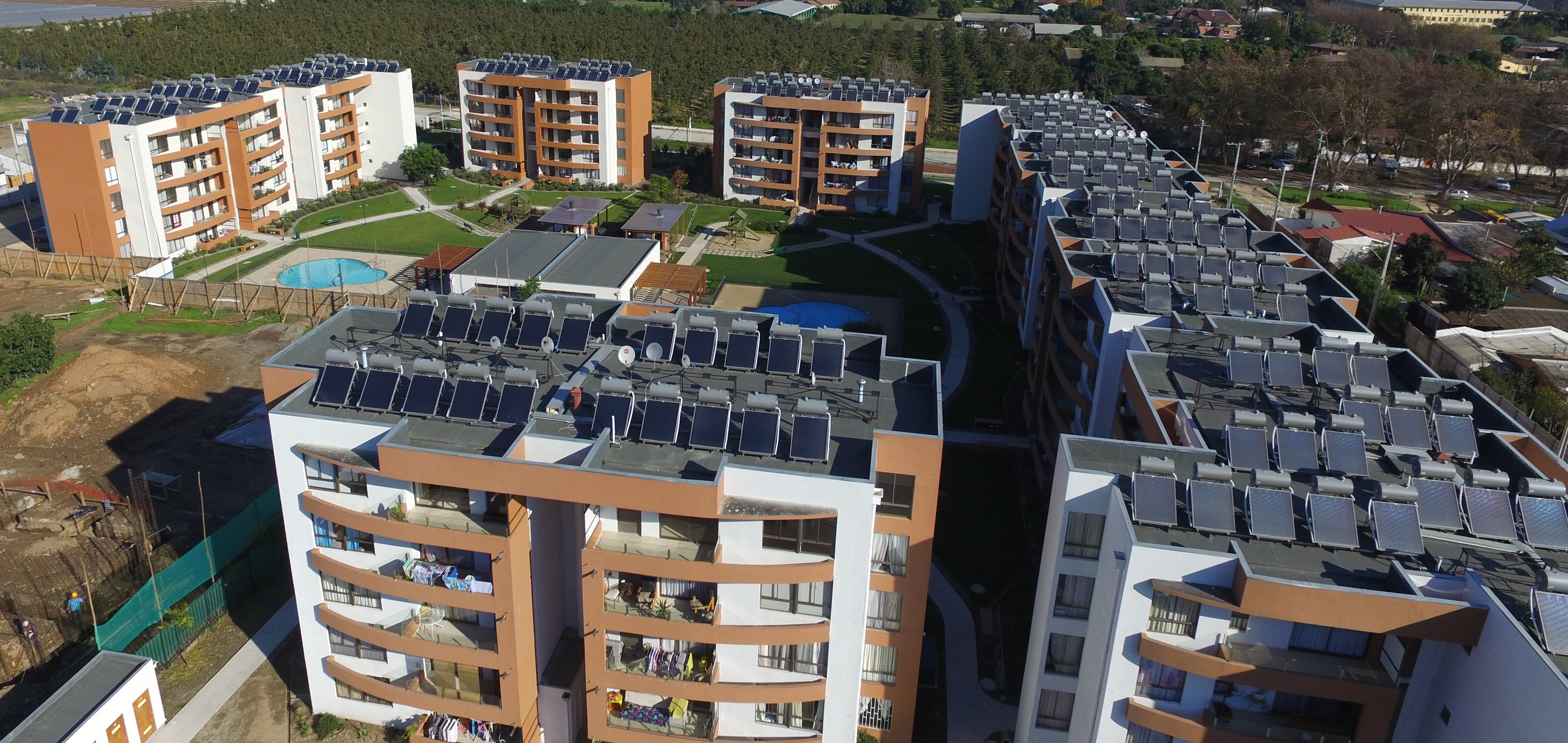
Figure 2: ST thermosiphon systems for hot water in multi-family buildings (Greece).
Figure 3: ST façade collectors on apartment building (Switzerland).

Figure 4: Flat plate collectors – Salzburg’s sports centre, Austria
Article 10 of the EPBD: A key lever to boost solar energy from buildings
The recast of the EPBD was adopted in 2024. It has several objectives, notably improving the energy efficiency of buildings by creating of a stable investment environment. Its final targets are to reduce greenhouse-gas (GHG) emissions by at least 60% in the building sector by 2030 compared with 2015, and to achieve a decarbonised, zero-emission building stock by 2050.
One of the regulation’s major provisions is the solarisation of buildings (Article 10 of EPBD). European legislators sought increased deployment of solar technologies on all new buildings and on certain existing non-residential buildings, and they require that new buildings be made ready for solar installations. A detailed explanation of the provisions is available here:

Figure 5: Visual representation of the provisions of Article 10 of the EPBD. (Source: Solar Heat Europe).
The text of the directive is balanced and places all solar technologies on an equal footing. National transpositions must also remain technologically neutral to ensure stakeholders can access all relevant solutions. This is where ST energy plays an important role. ST systems can provide households and businesses with the heat they need.
Throughout the EPBD development process—particularly in mid-2025, when Member States are transposing the directive— Solar Heat Europe has advocated for an efficient and optimal transposition of the EPBD, offering the most for buildings’ occupiers and owners. It should be emphasised that for this regulation to be fully effective, it must allow the use of all relevant solar technologies, to address the diverse needs of households and industries. One key element that legislators are invited to consider, when transposing the EPBD into national law is the fact that in terms of efficiency, solar thermal panels require three times less roof space than PV panels to generate the same amount of energy.
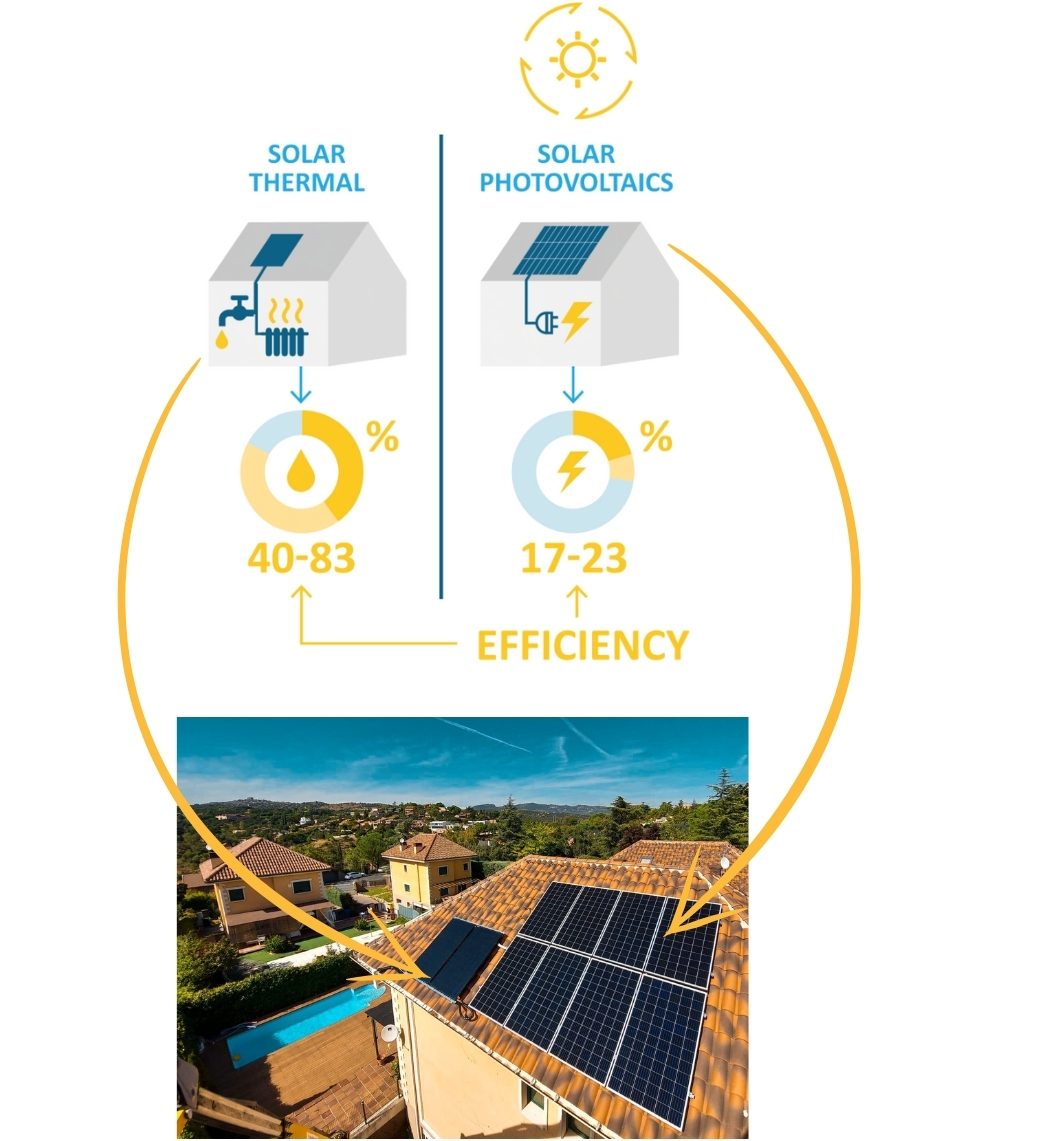
Figure 6: Illustration of the comparative energy production of solar-thermal / PVT systems versus PV showing howcombining both technologies on the same rooftop can optimise consumers' energy supply.
Hot water and heat: A major share of building energy needs
The significant contribution of heat to total energy demand is frequently underestimated. In fact, heat accounts for approximately 50% of Europe’s energy needs, far exceeding that for electricity or transport. However, renewable sources supply only a quarter of EU heat production—most of which remains biomass-based. The gap is striking: some countries, such as Ireland, produce less than 10% of their heat from renewables. To achieve the EU's climate-neutrality targets, accelerating the decarbonisation of the heating sector is extremely urgent.
Zooming in on building’s energy needs, heat constitutes around 80%, with 15% related to the production of domestic hot water and 65% for space heating. Building solarisation—especially through solar-thermal systems—therefore represents a clear opportunity for Europe’s energy mix.
Given these benefits, it is essential that the implementation of Article 10 of the EPBD does not limit its scope to photovoltaic energy alone. A balanced, technology-neutral approach should promote solar-thermal energy as well, recognising its importance for building energy needs and its capacity to decarbonise building heating.
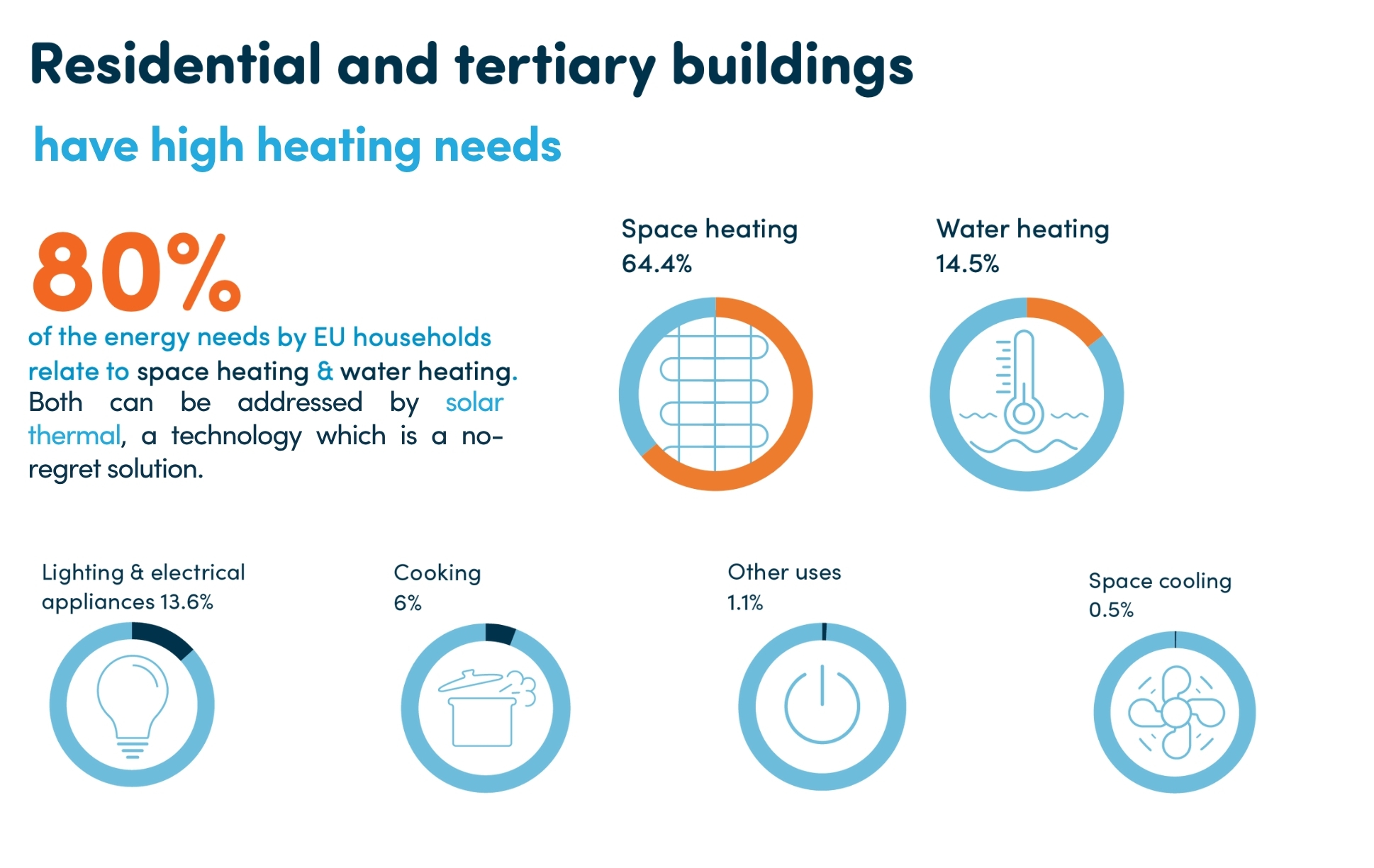
Figure 7: Heating needs of European households. (Source: Eurostat).
Guidance for equitable implementation of all solar technologies, based on building energy needs
In May, Solar Heat Europe released its guidance for the fair transposition of the EPBD, notably Article 10 on building solarisation. Solar Heat Europe proposes three options for Member States:
- Meeting buildings’ energy needs, particularly water heating. In this option, it is proposed that solar thermal technologies (ST and/or PVT) should cover at least 60% of a building’s domestic hot water demand on average over the course of a year. Alternatively, appropriate solar energy technologies should be deployed to meet the specific energy needs of the building or its surrounding area, for example, by using rooftop solar installations to contribute to district heating networks or industrial heat supply.
- Energy-density approach (W/m2). As introduced above, not all solar technologies produce the same amount of energy. To place ST, hybrid PVT and PV systems on an equal-footing, Member States are invited to transpose their provision by considering the actual energy production of each technology.
On average, ST and PVT panels produce three times more energy than photovoltaic panels. Solar Heat Europe therefore proposes using energy production per roof area—calculated in watts per square metre (W m²)—as the transposition metric. Taking energy production into account puts all the technologies on an equal footing. Dividing by roof surface area means that the threshold is not set too high for buildings with smaller surfaces. - Proportionality approach. Solar Heat Europe proposes another option, in line with the different energy production of solar technologies. This time, the focus is not on energy production, but rather on roof coverage and on the 1:3 ratio of energy output between ST/PVT and PV systems. In this case, the recommendation is a different obligation for each technology. The calculations behind this option are the same as for the previous option, but here they are expressed as a percentage of coverage rather than in W/ m². For example, if a PV system must cover 30% of the roof to meet a given energy target, a solar‐thermal or PVT installation—being three times more productive per square metre—would need to cover only 10 % of the roof. As shown in the diagram below, installations can also combine different solar technologies.

Figure 8: Recommendation 3 of Solar Heat Europe for the implementation of Article 10 of the EPBD.
Solar-thermal systems can hybridise with other energy sources
ST panels can work in synergy with a range of technologies. They can be effectively combined with other renewables such as biomass, heat pumps, and biogas, improving overall system efficiency and furthering decarbonisation. A good example is the student residence in Belluno, Italy, where 32 hybrid PVT panels—producing both heat and electricity—operate year-round alongside a biomass boiler, delivering clean energy while optimising resource use. This form of hybridisation enhances the reliability and resilience of the energy supply.
Combining ST and heat-pump technologies offers a particularly powerful and increasingly relevant heating solution. Together, these high-efficiency, low-carbon systems are already in use in many European buildings. ST collectors, capable of converting up to 80% of the sun's radiation into usable heat, can preheat domestic hot water or provide space heating. This reduces the load on the heat pump, enabling it to operate more efficiently. As a result, the combined system consumes less electricity, leading to lower energy bills and greater protection against fluctuations in energy prices.
Moreover, these hybrid systems are designed for longevity: ST systems can operate reliably for 25 – 30 years, while heat pumps—when not overloaded—maintain high performance for 15 – 20 years. By reducing stress on individual components, this configuration enhances durability and lowers maintenance requirements, making the system more cost-effective over its lifetime. Against the backdrop of the recast EPBD and the drive to decarbonise Europe's building stock, ST and heat pump hybrids offer a scalable, reliable, and future-proof solution that warrants far greater attention in renovation strategies.
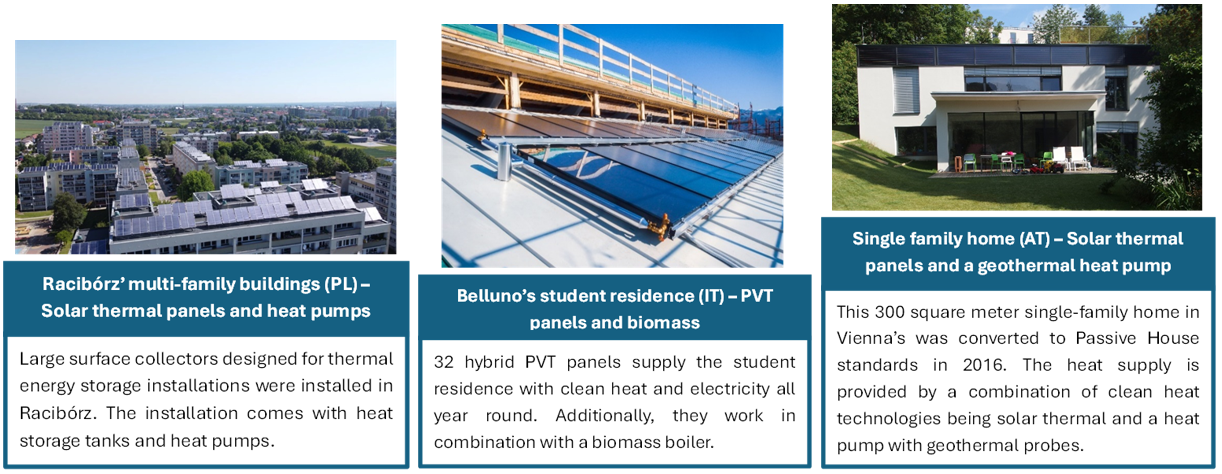
Figure 9: Examples of solar panels hybridised with other energy sources.
Raising building value
Integrating ST energy into a building can significantly enhance its market value. This technology sustainably reduces the energy costs of domestic hot-water production, providing a direct economic benefit to occupants and future buyers. Amid rising energy prices and heightened concern over operational costs, these long-term savings make the property more attractive on the real estate market.
ST energy also has a positive effect on a building's overall energy performance and, consequently, its energy-rating certificate. A higher energy rating is often synonymous with greater financial value and a stronger market position.
Beyond these economic aspects, ST energy plays a distinctive role. The presence of a visible installation, architecturally well-integrated, serves as a marker of quality and modernity. It demonstrates a concrete and measurable environmental approach, which is appealing to a growing number of buyers who are sensitive to climate issues. This positive image reinforces both its value and its market value.
Finally, ST energy is a proven technical solution, with an average lifespan of 20 to 25 years and relatively low maintenance requirements. This robustness, entailing few user constraints, instils confidence in owners, who can anticipate long-term profitability without significant unforeseen costs.
Although it is not always at the heart of discussions on energy performance, solar thermal energy fully deserves to be promoted as a pragmatic, sustainable, and visible way of adding value to property.
This graph illustrates the impact of various energy-renovation measures on the performance of a building in Lille, particularly the effect of installing solar technologies (PV or PVT hybrid). Replacing an outdated electrical system with a heat pump coupled to a hybrid solar installation reduces energy consumption from 272 to 76 kWhep/m².an and upgrades the rating from class F to class B or even A. This improvement can increase property value by 17% or around €32 000. By enabling this upgrade, ST energy directly increases property value.
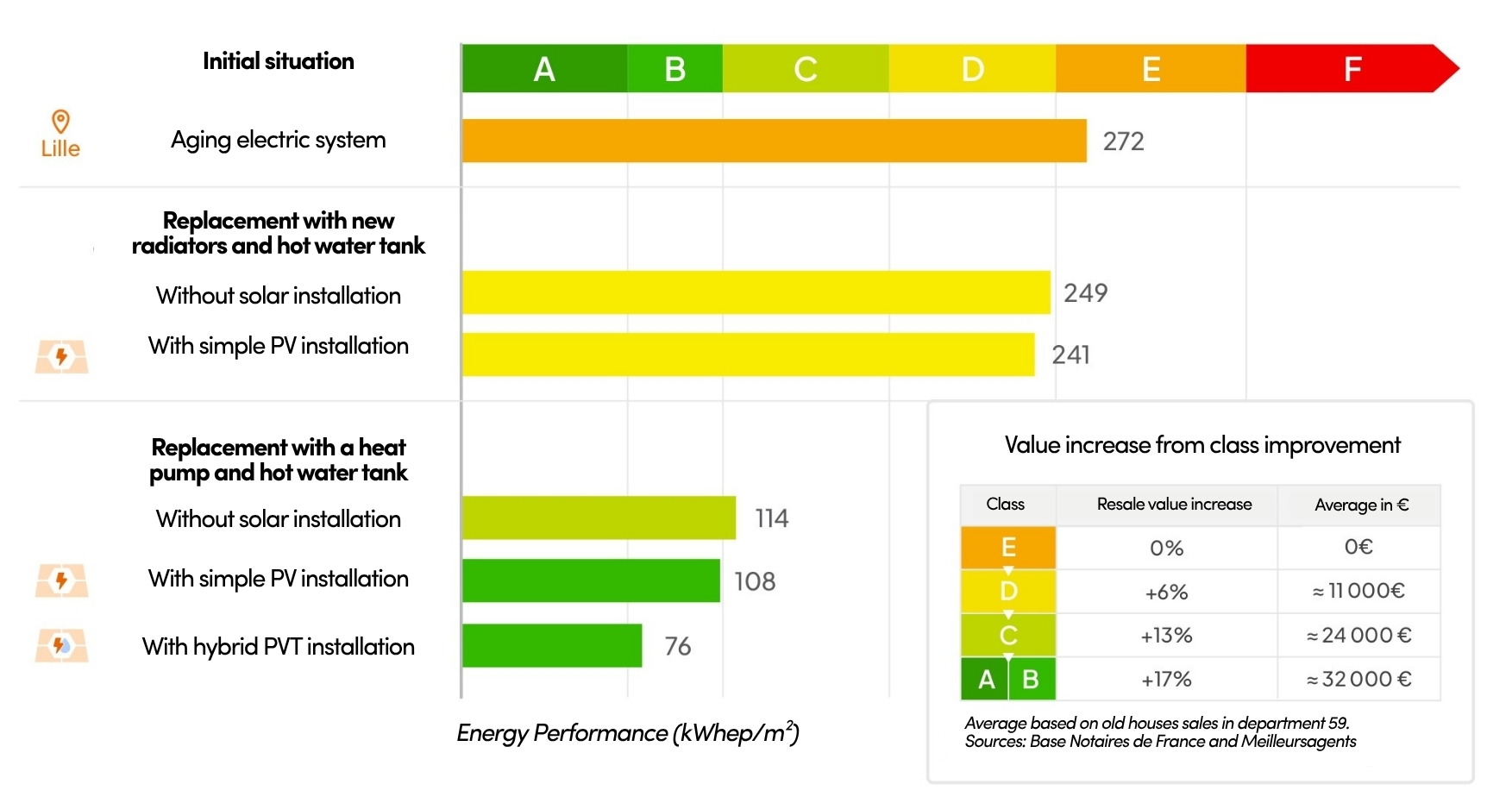
Figure 10: Energy class upgrade and recovery for resale in Lille. (Source: Dualsun).
Conclusions
The implementation of Article 10 of the EPBD is a clear opportunity for Member States to address buildings’ major energy needs for hot water and space heating, thereby improving citizens’ health, hygiene, and comfort standards. To date, heating has largely been covered by fossil fuels, even though it accounts for half of Europe’s energy demand.
This transposition is also an opportunity to put all solar technologies on an equal footing and to support the further growth of an EU-based clean-tech sector, namely solar heat. ST panels and PVT hybrids, being more energy dense, have indeed a clear role to play to help fulfil efficiently these transition requirements by focusing on rooftop energy production rather than mere coverage metrics.
ST technologies further benefit consumers and businesses by increasing property value and substantially reducing energy bills through a reliable heat source, while integrating seamlessly with other systems.

